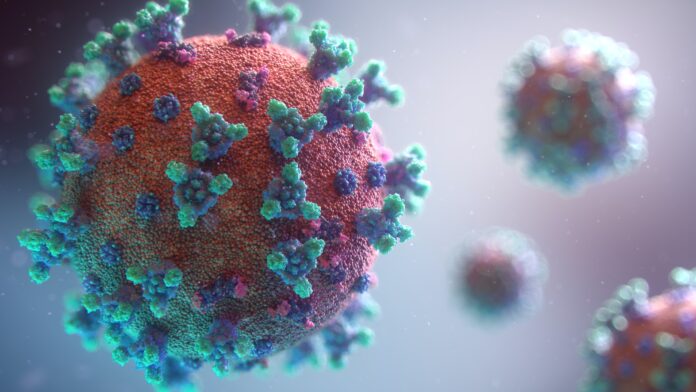In the Infection Radar survey last week, the percentage of participants with COVID-19 like complaints increased slightly (4.2%) as compared to the week before (3.8%).
The number of people who tested positive for COVID-19 (SARS-CoV-2) reported to the Municipal Public Health Services (GGDs) decreased (-11%) last week compared to the week before that. The number of people who were tested for COVID-19 by the GGD also decreased slightly (-10%). The number of nursing home residents who tested positive for COVID-19 stabilised last week.
On 8 November 2022, the reproduction number based on reported positive tests was 0.87 (0.74 – 1.00). The number of new hospital admissions of patients with SARS-CoV-2 decreased slightly (-11%) compared to the week before. The number of new ICU admissions of patients with SARS-CoV-2 also decreased. There were 18 ICU admissions last week (-18%), compared to 22 ICU admissions the week before.
Numbers
According to the RIVM updates, last week 5,417 people reported positive corona test results as compared to 6,077 people, week before. There were 300 people newly hospitalised as compared to 337, the week before. The COVID-19 related mortality number decreased to 15, as compared to 29, the week before.
Sewage surveillance
In week 45 (7 – 13 November 2022), sewage surveillance showed that the national average viral load decreased by 30%. In that week, the highest figures were seen in the greater Amsterdam area. In the first half of week 46 (14 – 16 November), the average number of virus particles increased, rising by +25%. Sewage surveillance figures were still highest in and around Amsterdam, but the biggest increases were seen in the south of the Netherlands. Once again, the Omicron BA.5 variant and its sub-variants were detected most frequently in sewage surveillance: mainly BF.7 and a growing percentage of BQ.1.
Virus variants from pathogen surveillance
Since early 2022, RIVM has mainly observed many different sub-variants that belong to the Omicron family, specifically sub-variants BA.1 through BA.5, in the context of pathogen surveillance. Since June 2022, BA.5 has been responsible for the highest number of infections. Mutations are also emerging within these sub-variants. The same pattern is occurring in other countries as well.
An increase in BA.4.6, BA.2.75 and BF.7 had already been observed over the past few weeks. More recently, the percentage of sub-variant BQ.1, including BQ.1.1, has been growing significantly. Recombinant XBB is also increasing. At this time, there are no indications that these sub-variants would be more likely to cause severe illness compared to previous Omicron sub-variants.
The latest calculations suggest that BQ.1 may soon become dominant in the Netherlands. These estimates always have some margin of uncertainty. It is also possible that multiple variants, including BQ.1 and XBB, will continue circulating at the same time. New variants or sub-variants may also emerge.
Source: RIVM.nl
Translated: Yawar Abbas











